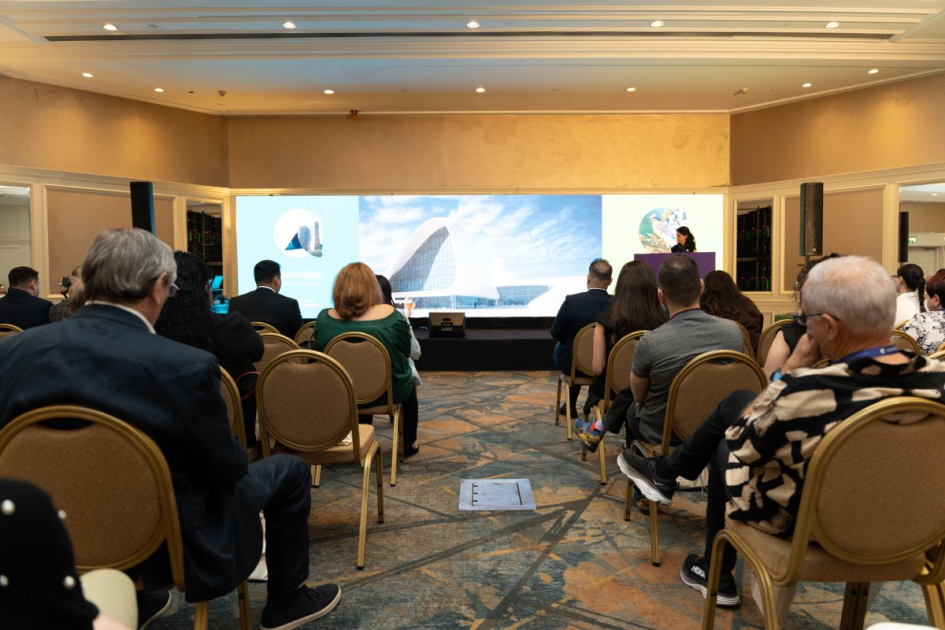"THE BRI has already “transformed” numerous countries, communities and cities of the member countries in terms of building world class infrastructure, communication, connectivity and, above all, smart living. In this regard, Xinjiang has been at the “core” of China’s trade relations across the Eurasian region since the ancient Silk Road. It has “strategic” location in China’s westernmost frontier that borders eight countries Mongolia, Russia, Kazakhstan, Kyrgyzstan, Tajikistan, Afghanistan, Pakistan and India which gives it a comparative advantage of trans-regional connectivity, trade, transport system and, mostly importantly, human capital development."
Ednews reports via referring via "Pakistan Observer", that these words said by Pakistani expert, executive director of the Center for South Asia and International Studies (CSAIS) Dr.Mehmood Ul Hassan Khan.
China’s Xinjiang has been dubbed as the “gateway” and “goldmine” to the BRI’s projects that envisions trade and cultural connectivity along the ancient Silk Road. It is indeed vivid reflection of multiculturalism, economic regionalism, window of greater trans-regional connectivity, connecting hub and one of the biggest stimulators of trans-regional trade and commerce.
Moreover, Xinjiang’s opening up is the true “essence” of China’s rich ethnic diversity, development and dialogue, negating all false and fake propaganda of the West. Due to Xi’s global initiatives of development, security, civilization and AI good governance it has become symbol of progress, prosperity and peaceful persuasions.
In recent years, as part of China’s BRI approach, Xinjiang has witnessed rapid infrastructure development. Urumqi International Land Port in Xinjiang’s capital city has been built as an integrated rail, road and flight logistics hub to facilitate trade with not only the neighbouring countries but all the way up to Europe via the China-Europe Railway Express.
At present, it has a total of 19 lines, reaching 26 cities in 21 countries. The regions with relative service advantages are mainly the Central Asian region around Xinjiang, including Russia and the countries along the Caspian Sea and the Black Sea.
It follows the holistic concept of balanced development and BRI-Xinjiang is equally focused on the international as well as domestic connectivity of the region. The Lanzhou-Xinjiang High-Speed Railway that opened in 2014 connecting Xinjiang to neighbouring Gansu Province has been transformative for the tourism sector.
According to China Railway Urumqi Group Co Ltd., as of early September, inbound and outbound China-Europe freight trains in 2023 passing through Xinjiang have totalled 10,017, up 10.1% year-on-year.
Till July, the International Land Port in Urumqi welcomed 772 China-Europe freight trains, up 9.35% year-on-year. The rail routes are connected with 26 cities across 19 countries. The port also serves as an important transit point for goods across China and from Southeast Asia to be transported to Europe.
Remarkably, Xinjiang has engaged in foreign trade with 170 countries and regions this year. Its foreign trade with five Central Asian countries increased by 59.1% year-on-year to 176.64 billion RMB, accounting for 80.6% of the region’s total export value.
It is evident that the BRI has driven up Xinjiang’s foreign trade, which is a boon for local industries. It is also conducive to Xinjiang’s economic development and boosting employment opportunities. The port authorities plan to set up a textile trading centre within the port to facilitate the exports and trade of clothes and other textile products.
The Xinjiang’s Free Trade Zone (FTZ) will improve a service guarantee mechanism for foreign investment and support eligible foreign funded enterprises in enjoying equal access to preferential development policies
Foreign financial institutions will be supported in setting up banking, insurance, securities and other financial branches in the Xinjiang pilot FTZ to provide a wide range of internationalized financial products and services.
The FTZ plan encourages the area to carry out cross-border RMB trade settlements with the partner countries participating in the BRI in sectors including bulk commodity trade and overseas project contracting.
Xinjiang, sitting at the heart of the Eurasia continent as well as the intersection of the CPEC and the China-Central Asia-West Asia route, has an incomparable geographic advantage in access to massive neighbouring markets with a total population of 2.8 billion. The region is also a core area of the Silk Road Economic Belt after 10 years of BRI development.
Eastward, it could target the Asia-Pacific markets. Westward, the region is a gateway to markets in Central Asia, West Asia and the Middle East.
Xinjiang is an important node for China-Europe freight train, a flagship BRI project that is deemed as an Asia-Europe golden passage. And the region is home to two land ports tailored for undertaking express freight service. As of the end of September, over 60,000 China-Europe freight trains have passed through Xinjiang, accounting for more than half of the total in China.
It also encourages developing China-Kyrgyzstan-Uzbekistan multimodal highway-railway transport, exploring China-Pakistan multimodal transport and the joint construction of China-Kyrgyzstan-Uzbekistan Railway.
In summary, Xinjiang sits upon a geopolitical goldmine. It is one of four buffer regions for Beijing which protects the heartland of Han China.
The region takes up one-sixth of the Chinese landmass and it is the western gate of the country. Xinjiang also plays a significant role in the implementation of the BRI.
The BRI has provided the Xinjiang Uygur autonomous region with exceptional opportunities for development and has helped improve the livelihoods of the residents.
Interestingly, its regional enterprises have made investment in more than 60 countries and regions. They have also built four overseas economic and trade cooperation parks and have organized seven China-Eurasia expos and nearly 50 commodity fairs in the past 10 years.
Furthermore, the region has been accelerating the formation of a modern industrial system supported by major local industries such as green mining, grain and oil, cotton, textiles and clothing in recent years.
The series of preferential policies encouraging support for Xinjiang in trade, logistics, agriculture and energy, the region’s advantageous industries have accelerated upgrading, which has provided new momentum for high-quality development,
Undoubtedly, the BRI has significantly improved connectivity in the region. Currently, all prefectures and cities in Xinjiang are connected to expressways, all county-level areas have better roads, and all townships feature paved roads. In addition, 25 civil transportation airports have been built and put into operation, more than any other provincial-level regions in China.











